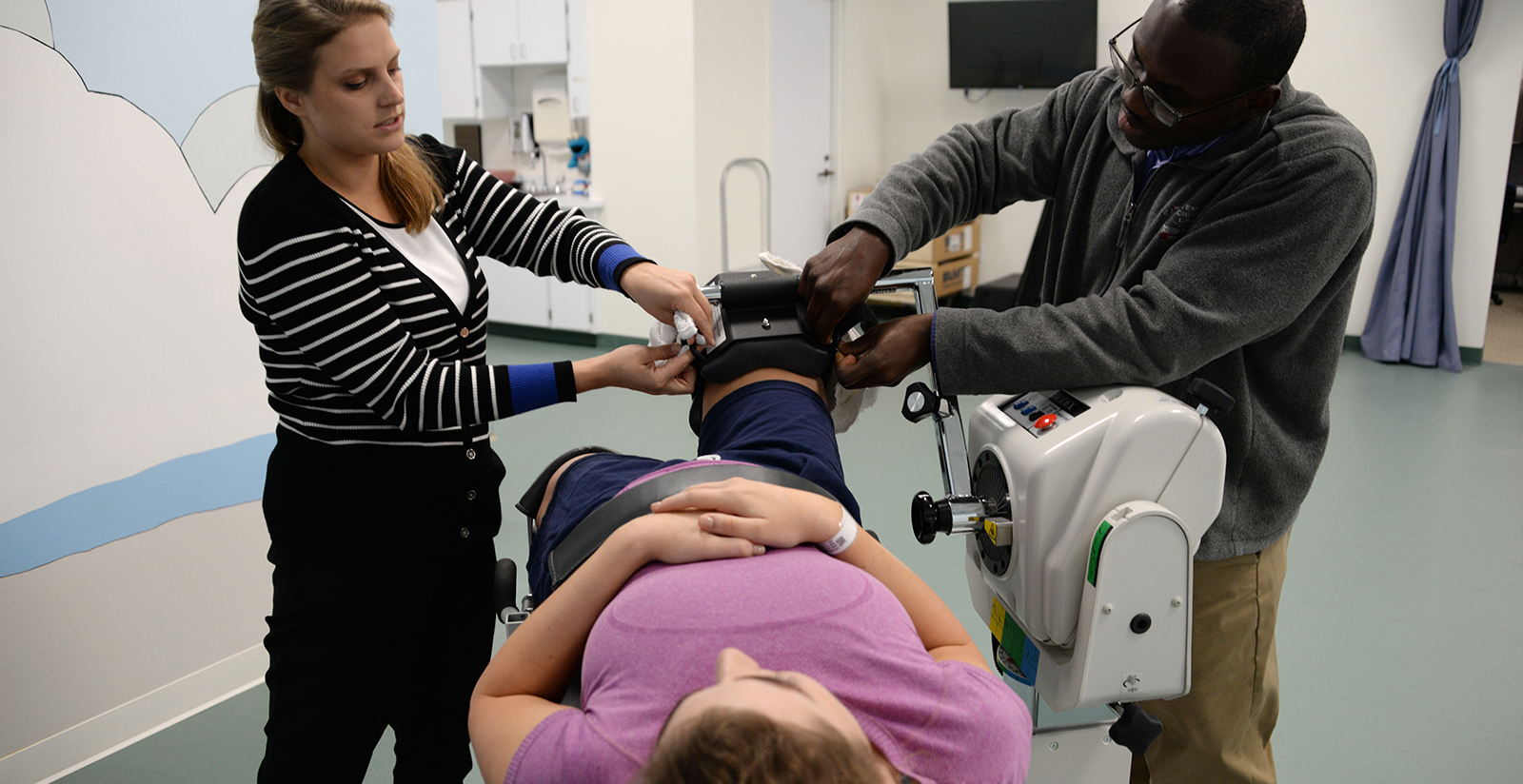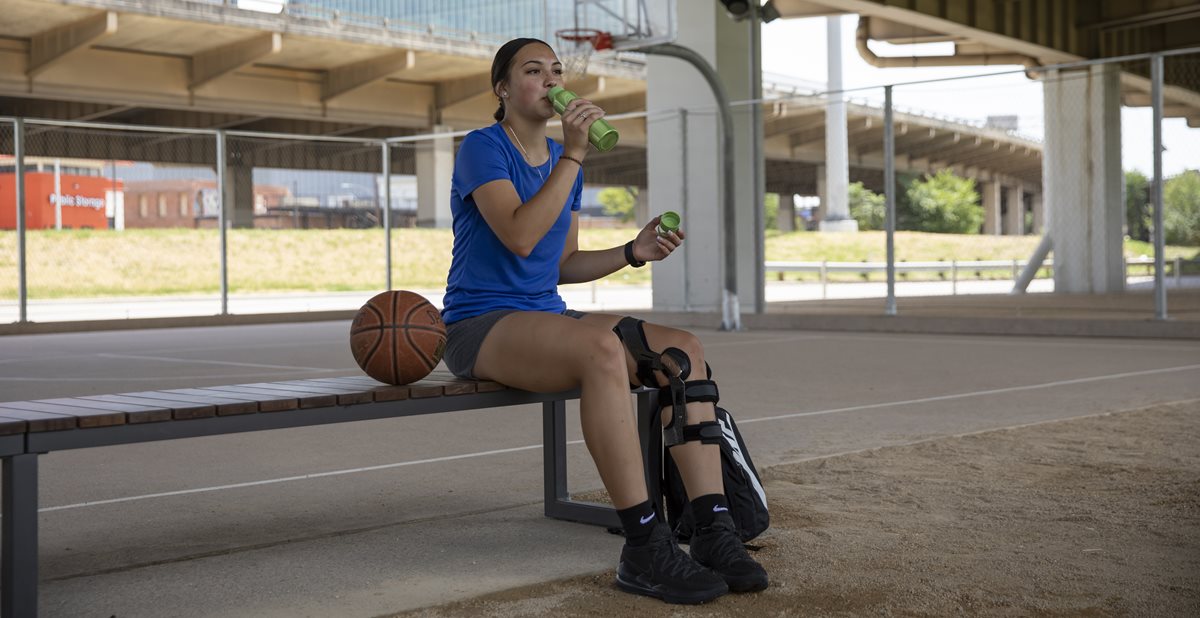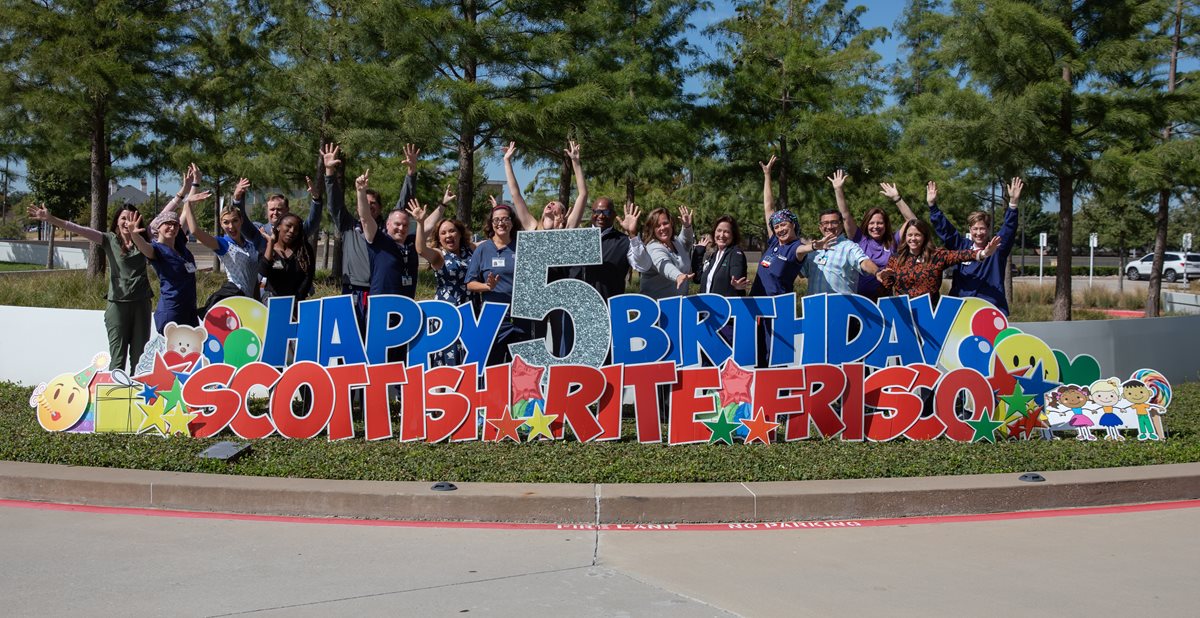
Jun 27, 2017 / Sports Medicine
Scottish Rite Hospital's Sports Medicine Team Conducts Research in Young Athletes with ACL Tears
An expert in caring for growing athletes, our pediatric orthopedic surgeon Henry B. Ellis, M.D., was featured in a U.S. News & World Report article addressing the continued rise of anterior cruciate ligament (ACL) tears in kids. This trend raises concern about why this is happening and how best to treat this population.
Since the treatment differs greatly between a child and an adult, Scottish Rite Hospital is conducting research to better understand this condition to determine the best treatment plan for these young athletes. When a child is in sports and an injury occurs, there are many factors to consider before deciding the treatment plan. In regards to an ACL reconstruction, identifying if a child’s bones are still growing is very important in determining the best and safest treatment.
When a young athlete tears his or her ACL, returning to sports may be difficult because the knee may continue to buckle or give way (i.e. the knee is unstable). A young athlete who describes an unstable knee may be a risk of further damage to their knee without consideration for surgical treatment for his or her ACL injury. Our team is evaluating the outcomes and body mechanics in patients who go through certain procedures to reconstruct the ACL in the growing athlete. During this particular procedure, the ACL is stabilized and the growth plates are not affected when the original ACL is replaced completely with a portion of the patient’s own iliotibial band (IT band). Where other studies have evaluated the effect of this procedure on stability of the knee and growth changes, Ellis and his team including Assistant Chief of Staff, Philip L. Wilson, M.D., are evaluating whether removing a portion of the IT band to repair the ACL causes any lasting changes. Ellis says, “We are evaluating the results of the current best practice in young athletes so that we can ensure we are not causing new problems by solving one.” Some changes that have not yet been described may be weakness or functional changes in other areas of the body. Our study uses different tests performed in our Movement Science Lab to evaluate how patients walk and move at different time points after the surgery.
With the continued rise of ACL tears and many other types of injuries in young athletes, prevention, treatment and return to sports timing have all become important research topics. As research continues to move from one question to the next, experts at Scottish Rite Hospital are dedicated to finding answers to provide the best possible care to each of our patients.



